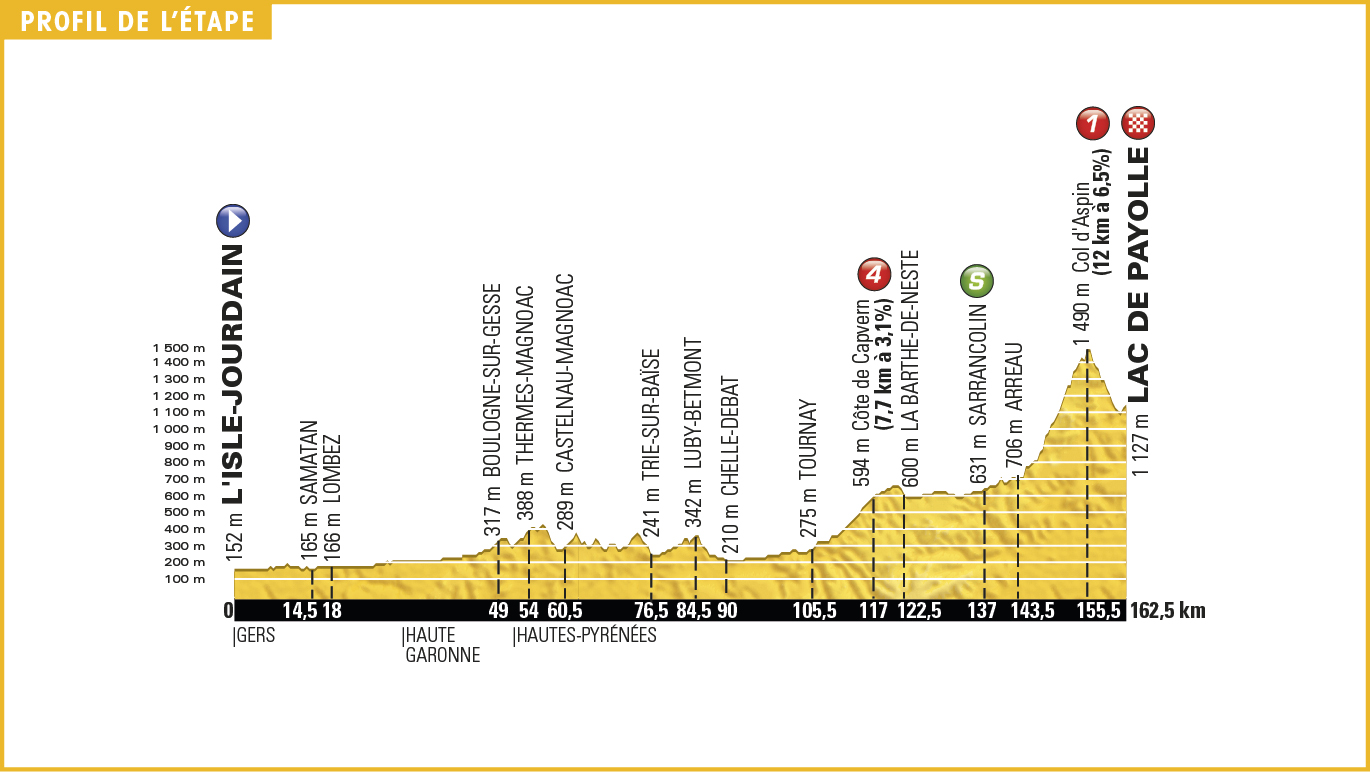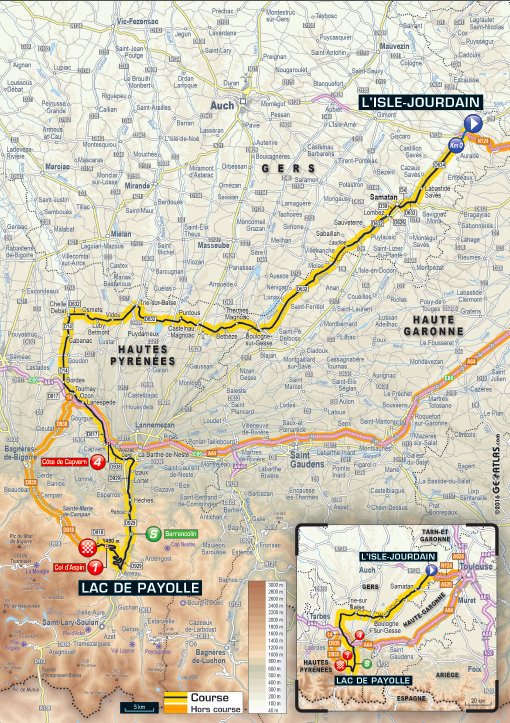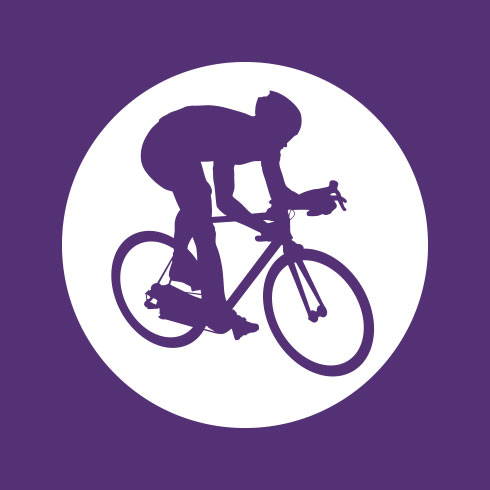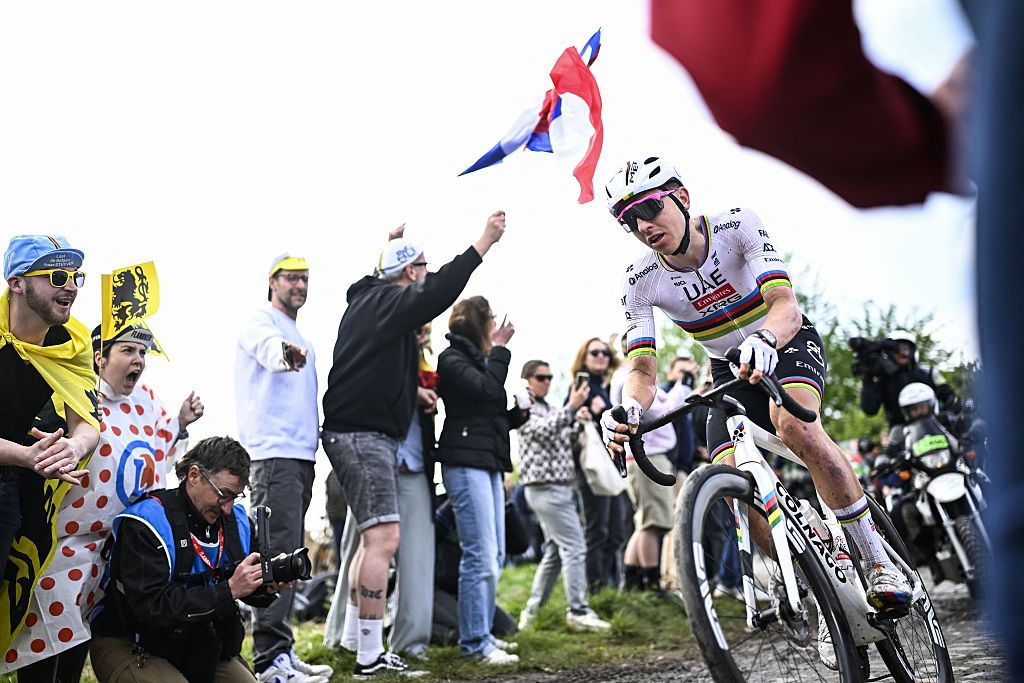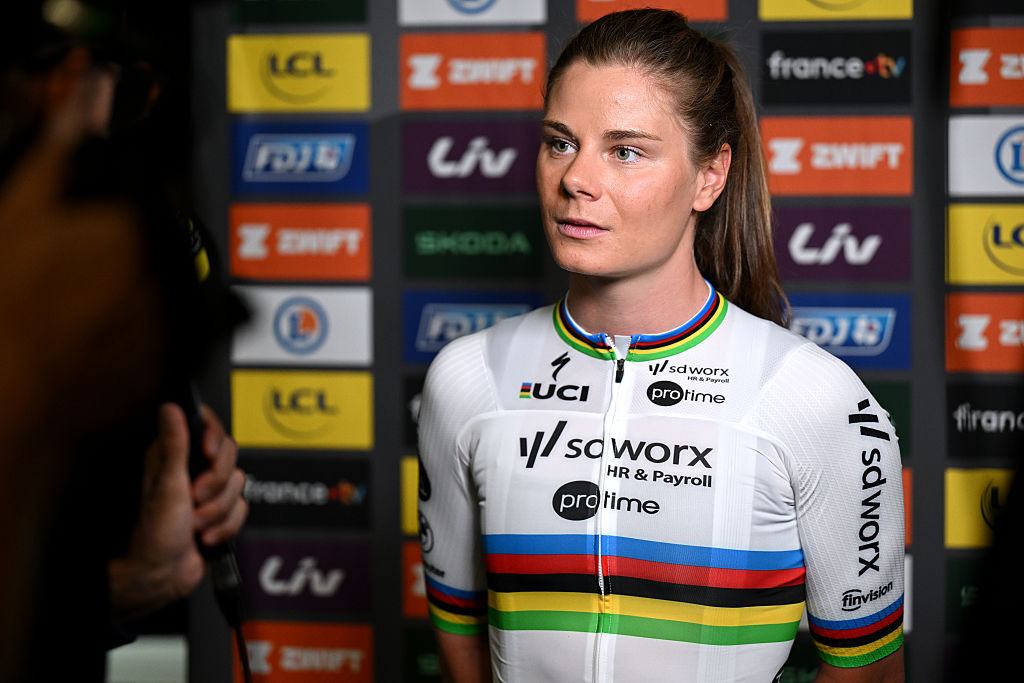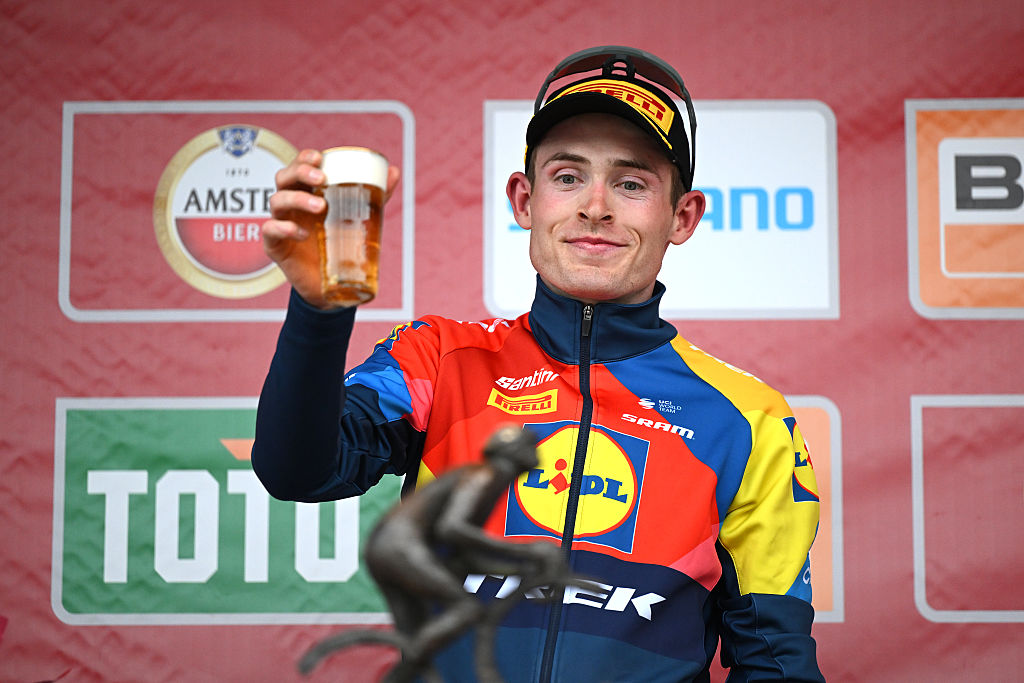Tour de France 2016 Stage 7 preview: L'Isle-Jourdain - Lac de Payolle, 162 km
Map and profile
The Col d’Aspin has never been one of the Tour’s most dramatic, fashionable, or important climbs. When the Tour’s inventor, Henri Desgrange, waxed lyrical about the Col du Galibier, he proclaimed, "Oh, Sappey! Oh, Laffrey! Oh, Tourmalet! Beside Galibier you are but weak and ordinary beers." He didn’t even mention the Aspin.
It’s a pretty climb, the Aspin. It just scrapes 1,500m altitude at the summit, and it’s a pleasantly even six or seven per cent from bottom to top, with lovely views down a deep valley along the final few kilometres, and the observatory atop the Pic du Midi de Bigorre towering on the horizon. But Tour-winning moves have rarely happened on the Aspin’s slopes – it’s nestled between harder climbs, the Tourmalet on one side, the Peyresourde on the other and so riders wait for them. The Aspin is destined to always be an hors d’oeuvre, never the main course.
Until now, that is. The organisers have made it the centrepiece of this stage, by having it as the sole significant climb, then putting the finish not far from the top. The riders will climb the 12km Aspin, crest the summit, descend for 5km, then turn left on the D113 (which will make another appearance tomorrow – it’s the start of the Hourquette d’Ancizan climb) for the finish at the scenic Lac de Payolle. A long climb followed by a short descent is fertile territory for attacks, and this has the potential to be a GC shoot-out, even if it’s only a good way of finding out exactly who has good legs and who has bad, with two more Pyrenean stages to come. And if anybody’s feeling really good, we might see the most decisive climb of the Col d’Aspin since it first appeared in the race in 1910.
Stephen Roche: First mountains day and all the GC riders have to be there to make a statement. They may not be in it for the stage win but they have to make a point to rivals. I always found that doing the Pyrenees first suited the pure climbers better. Usually it’s hot and dry and the climbs are different. But when we did the Alps first, I was okay because it was more temperate and the climbers lost their sting. That meant that I could match them better in the Pyrenees.
The latest race content, interviews, features, reviews and expert buying guides, direct to your inbox!
Latest on Cyclingnews
-
'My number one goal is the Classics but also the sprints' - Paul Magnier
Tour de France ‘doesn't seem like a priority right now' for 21-year-old French rider -
Marc Madiot praises Tadej Pogačar's 'sense of history' of cycling, but picks Wout van Aert as his favourite
Groupama-FDJ manager finds that the world champion has a deep understanding of the sport -
'A truly dramatic year' - Lotte Kopecky reflects after a sub-par 2025 season where the Tour of Flanders was the only highlight
The Belgian superstar once again asserts that another Tour de France GC bid is highly unlikely -
Mattias Skjelmose's Amstel Gold triumph over Pogačar and Evenepoel gave 'hope to other riders in the peloton'
After a difficult year, Dane returns to the biggest victory his career
